|
[1]
|
|
|
[2]
|
|
|
[3]
|
傅深渊,马灵飞,李文珠.竹材液化及竹材液化树脂胶性能研究[J].林产化学与工业,2004,24(3):42~46. |
|
[4]
|
Kobayashi M, Tukamoto K, Tomita B. Application of liquefied wood to a new resin system-synthesis and properties of liquefied wood epoxy resins[J].Holzforschung,2000,54(1):93~97. |
|
[5]
|
傅深渊,余仁广,杜波等.竹材残料液化及其液化物胶粘剂的制备[J].林产工业,2004,31(3):35~38. |
|
[6]
|
张玉苍,迟青山,孙岩峰等.木材液化及其在聚氨酯胶黏剂上的应用研究[J].林产化学与工业, 2007,27(5):73~77. |
|
[7]
|
Lin L Z, Yao Y G, Yoshioka M, et al. Preparation and properties of phenolated wood phenol formaldehyde cocondensed resin[J]. Journal of Applied Polymer Science,1995,58(8):1297~1304. |
|
[8]
|
Alma M H, Yao Y G, Yoshioka M, et al. The preparation and flow properties of HCl catalyzed phenolated wood and its blends with commercial novolak resin[J].Holzforschung,1996,50(1):85~90. |
|
[9]
|
Lee S H, Yoshioka M, Shiraishi N. Resol-type phenolic resin from liquefied phenolated wood and its application to phenolic foam[J].Journal of Applied Polymer Science,2002,84:468~472. |
|
[10]
|
王春明,崔立东,张晶.木材液化的发展现状及研究前景[J].林业科技,2007,32(3):42~43. |
|
[11]
|
揭淑俊,张求慧,赵广杰.木材溶剂液化技术及其在制备高分子材料中的应用[J].林产化工通讯,2005,6:43~49. |
|
[12]
|
张求慧,赵广杰. 我国生物质废料液化及产物利用的研究进展[J]. 林产化工与工业, 2009, 1:120~126. |
|
[13]
|
许宇星,陈少雄.不同密度桉树能源林数量成熟龄与经济效益的关系[J].中南林业科技大学学报,2013,2:61~65. |
|
[14]
|
杨民胜,昊志华,陈少雄.桉树的生态效益及其生态林经营[J].桉树科技,2006,6:1~23. |
|
[15]
|
李志辉,杨民胜,陈少雄.桉树引种栽培区区划研究[J].中南林学院报. 2000,3:1~10. |
|
[16]
|
陈少雄,李志辉.不同初植密度的桉树人工林经济效益分析[J].林业科学研究,2008,2:1~6. |
|
[17]
|
符韵林,蓝玉姣.桉树树皮化学成分分析[J]. 安徽农业科技,2012,15:8485+8514. |
|
[18]
|
符韵林,莫引优, 覃冠利等. 桉树树皮液化及液化物的树脂化[J]. 浙江农林大学学报,2011,3:466~471. |
|
[19]
|
|
|
[20]
|
|
|
[21]
|
左志越,蒋剑春,徐俊明.木屑酸催化多元醇液化特性研究[J]太阳能学报,2011,12:1730~1734. |
|
[22]
|
左志越,蒋剑春.亚超临界乙醇条件下杨木屑与甘油共液化研究[J].纤维素科学与技术,2011,3:22~27. |
|
[23]
|
杨丹,袁兴中.塑料和木屑的共液化以及催化液化实验研究[J].太阳能学报,2010,6:676~671. |
|
[24]
|
戴伟娣,许玉.亚临界乙醇条件下的纤维素热化学液化研究[J].太阳能学报,2012,2:249~252. |
|
[25]
|
刘玉环,王应宽.玉米秸秆常压快速液化最佳工艺参数研究[J].农业机械学报, 2012,6:110~115. |
|
[26]
|
陈少雄,刘杰锋.桉树生物质能源的优势、现状和潜力[J].生物质化学工程,2006,1:119~128 |
|
[27]
|
张玉苍,迟青山.木材液化及其在聚氨酯胶黏剂上的应用研究[J].林产化工与工业,2007,5(27):73~77. |
|
[28]
|
张求慧,赵广杰.木材的苯酚及多羟基醇液化[J].北京林业大学学报, 2003,6(25):71~76. |
|
[29]
|
张求慧,赵广杰.木材液化技术研究现状及产业化发展[J]. 木材工业, 2005,3(15):5~7
+11. |
|
[30]
|
傅深渊,余仁广.竹材残料液化及其液化物胶粘剂的制备[J]. 林产工业, 2004,6:35~38. |
|
[31]
|
林小珠,林成辉.开发桉树作为生物质能源的思考[J].能源与环境,2006,4:106~107 |
|
[32]
|
芋耀贤,梁凌云.基于农作物秸秆的环境友好材料研究-玉米芯液化优化工艺的试验[J].农机化研究,2008,2:196~199 |






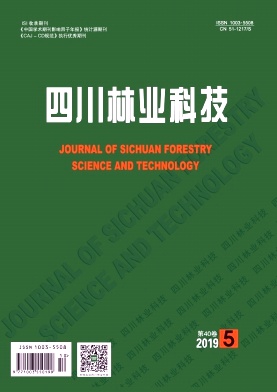




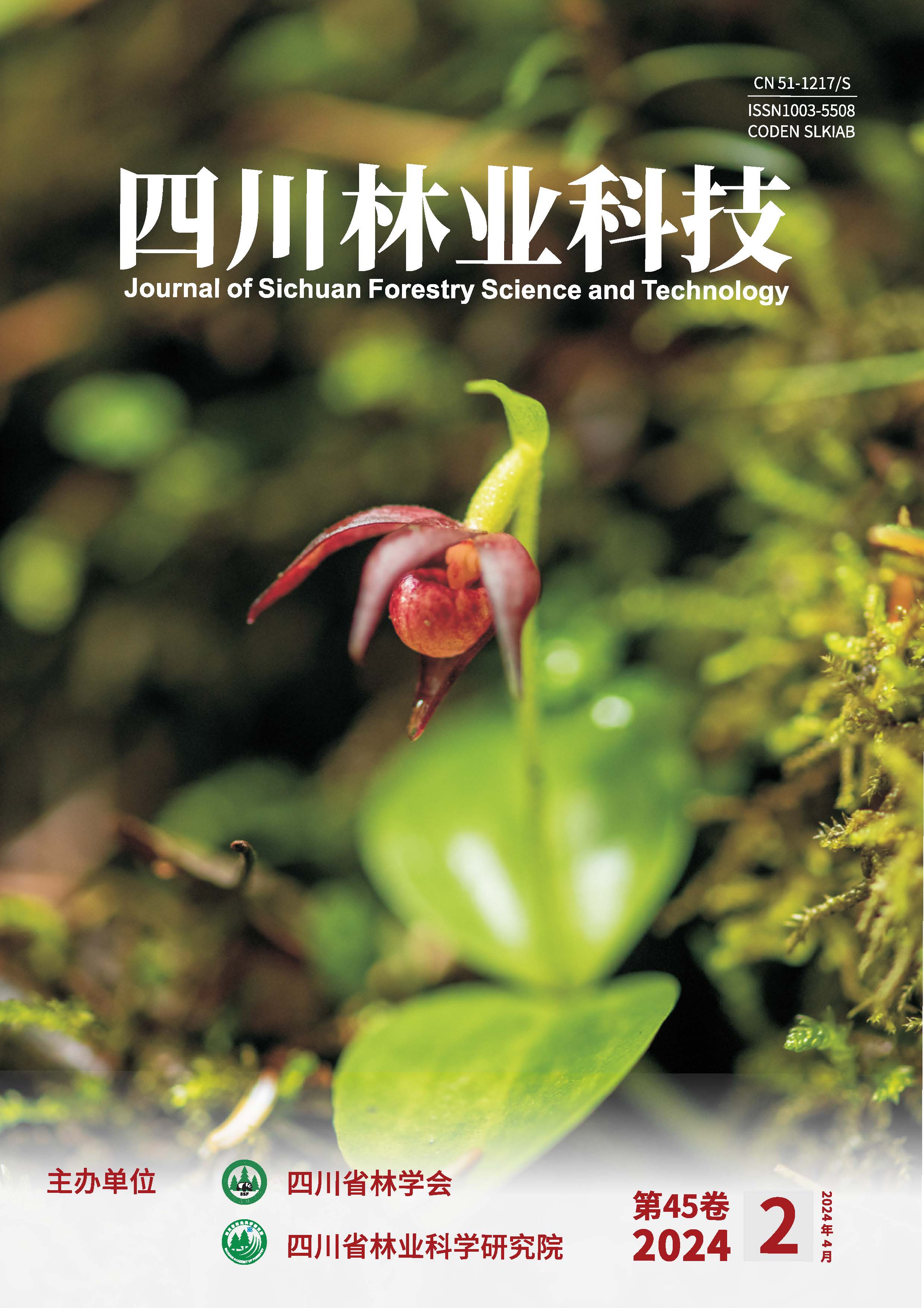
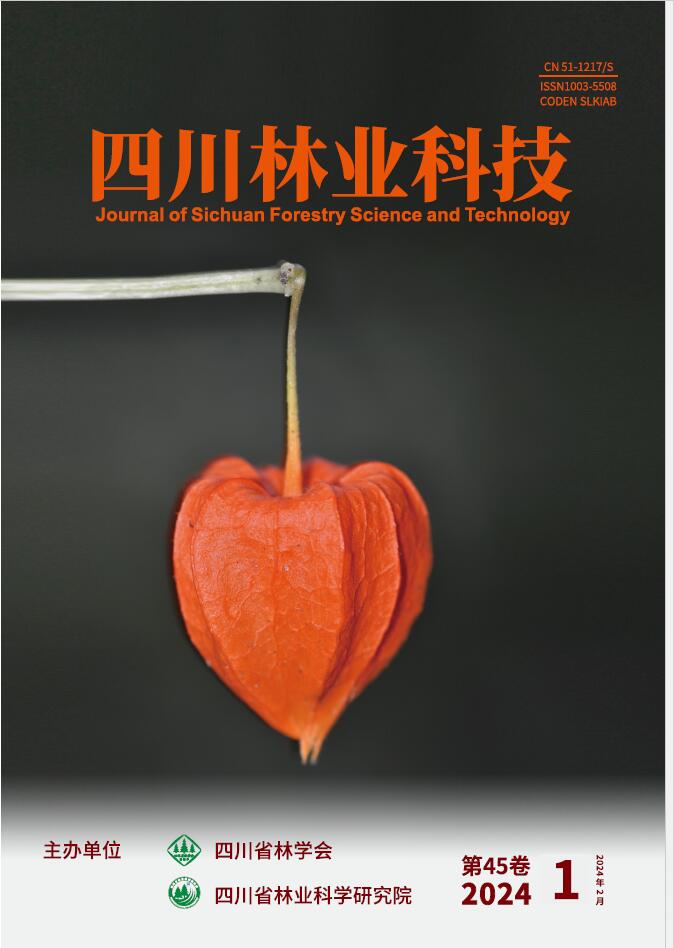
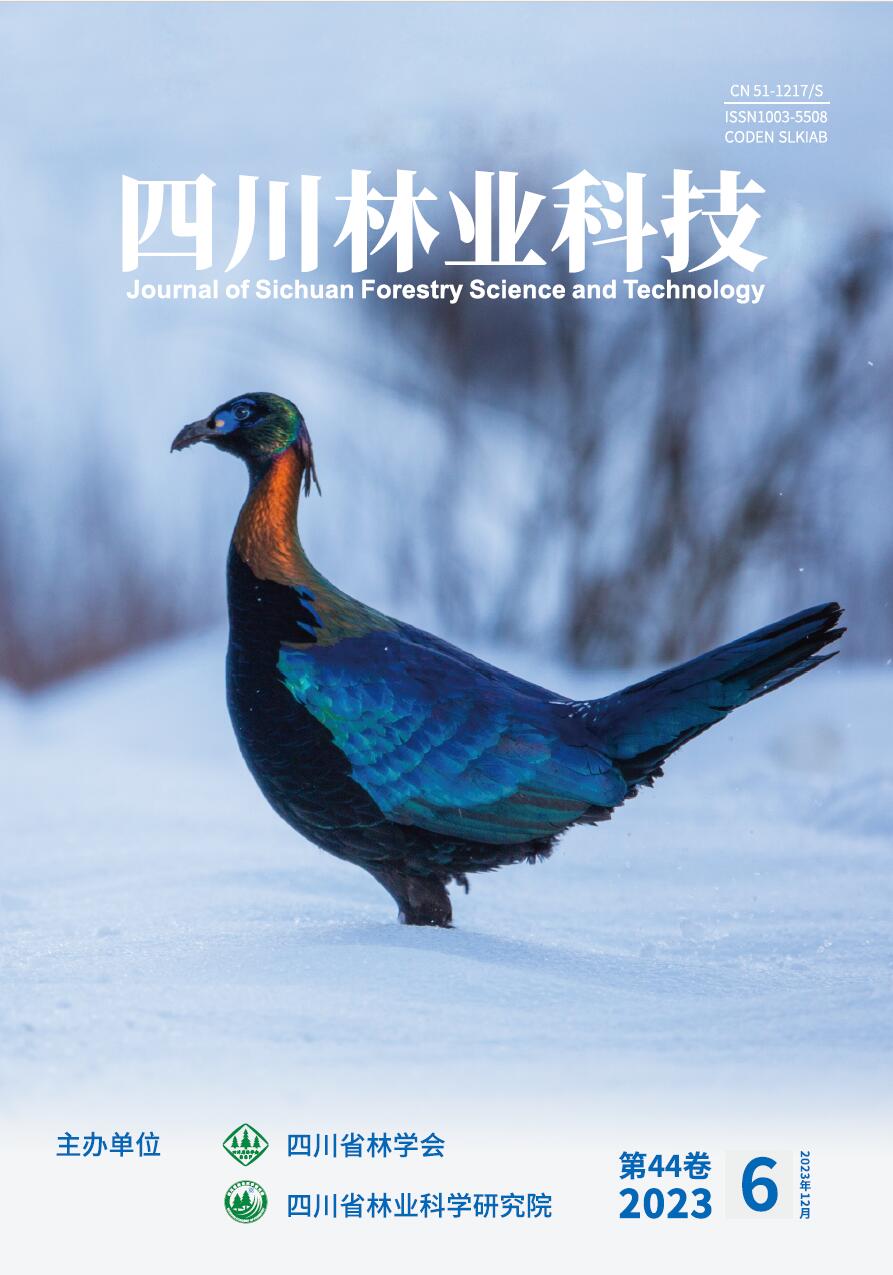
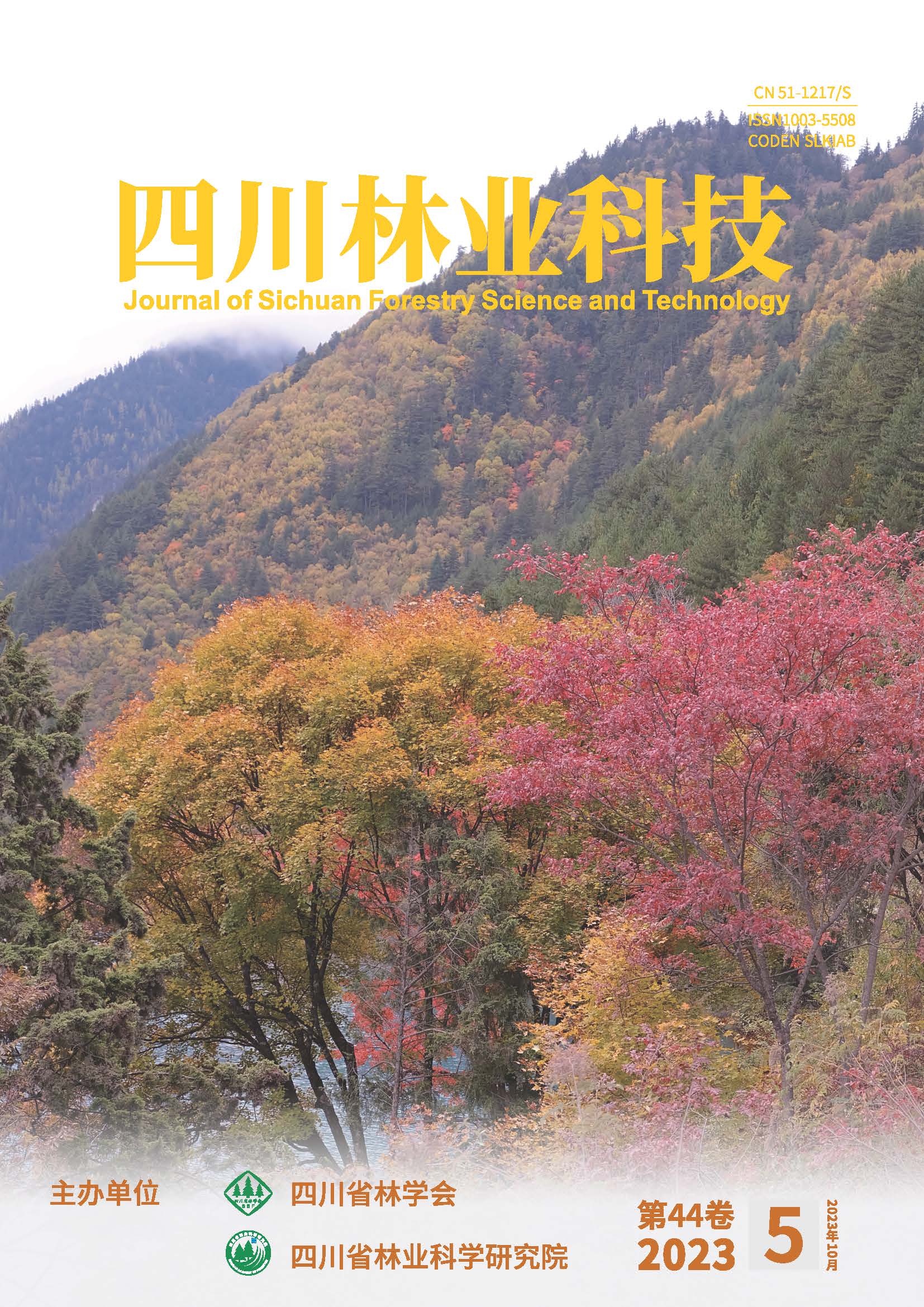
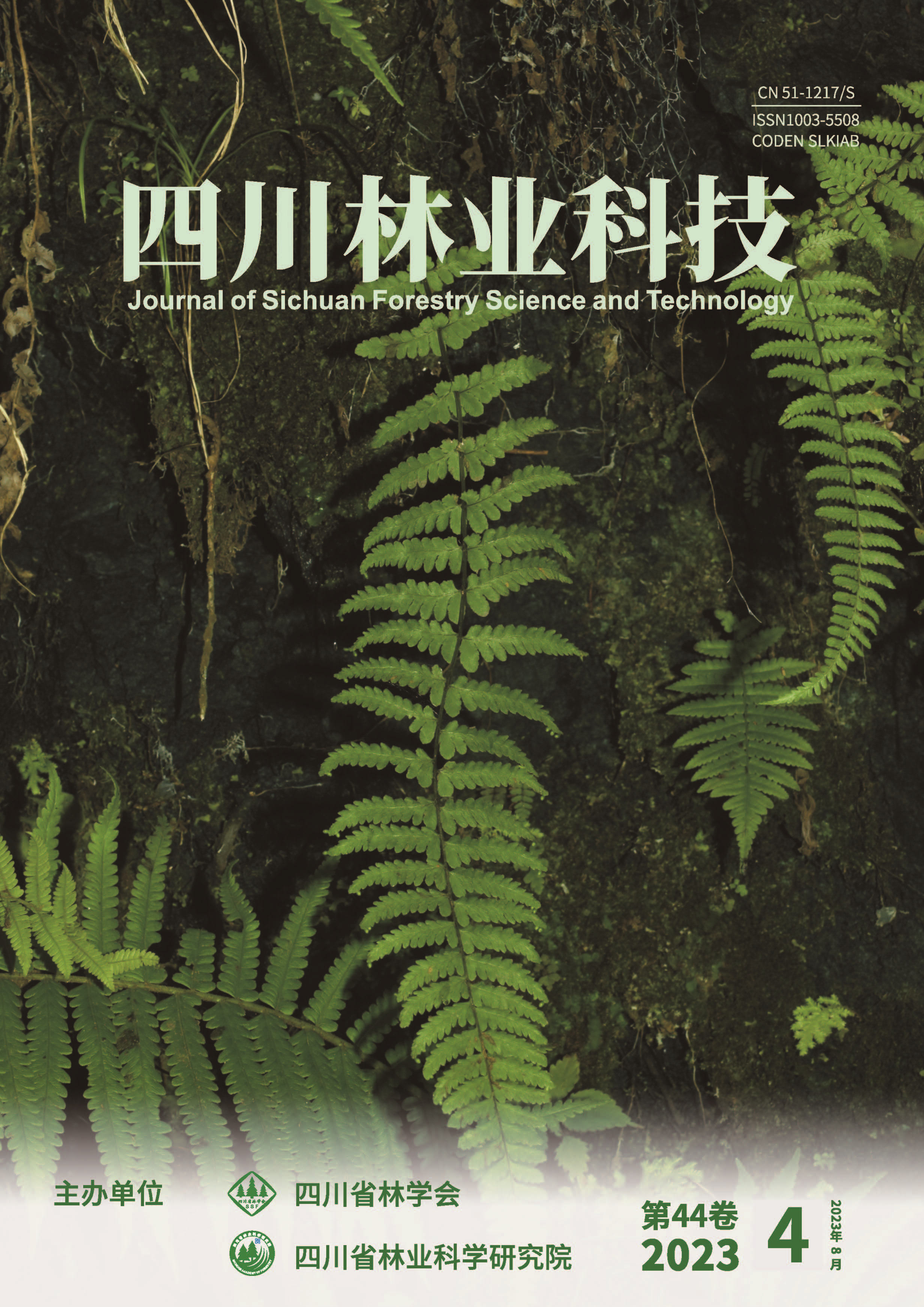
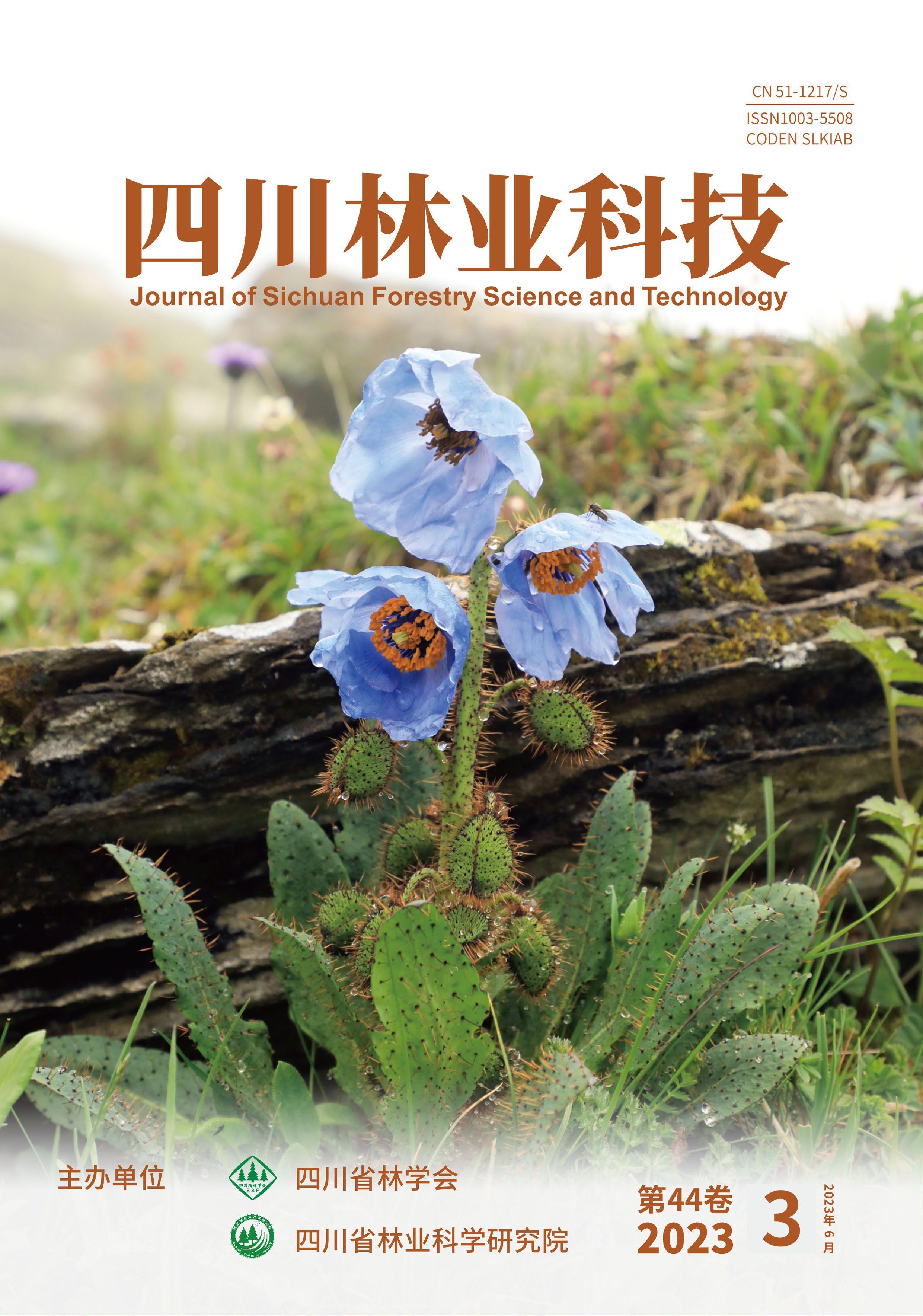
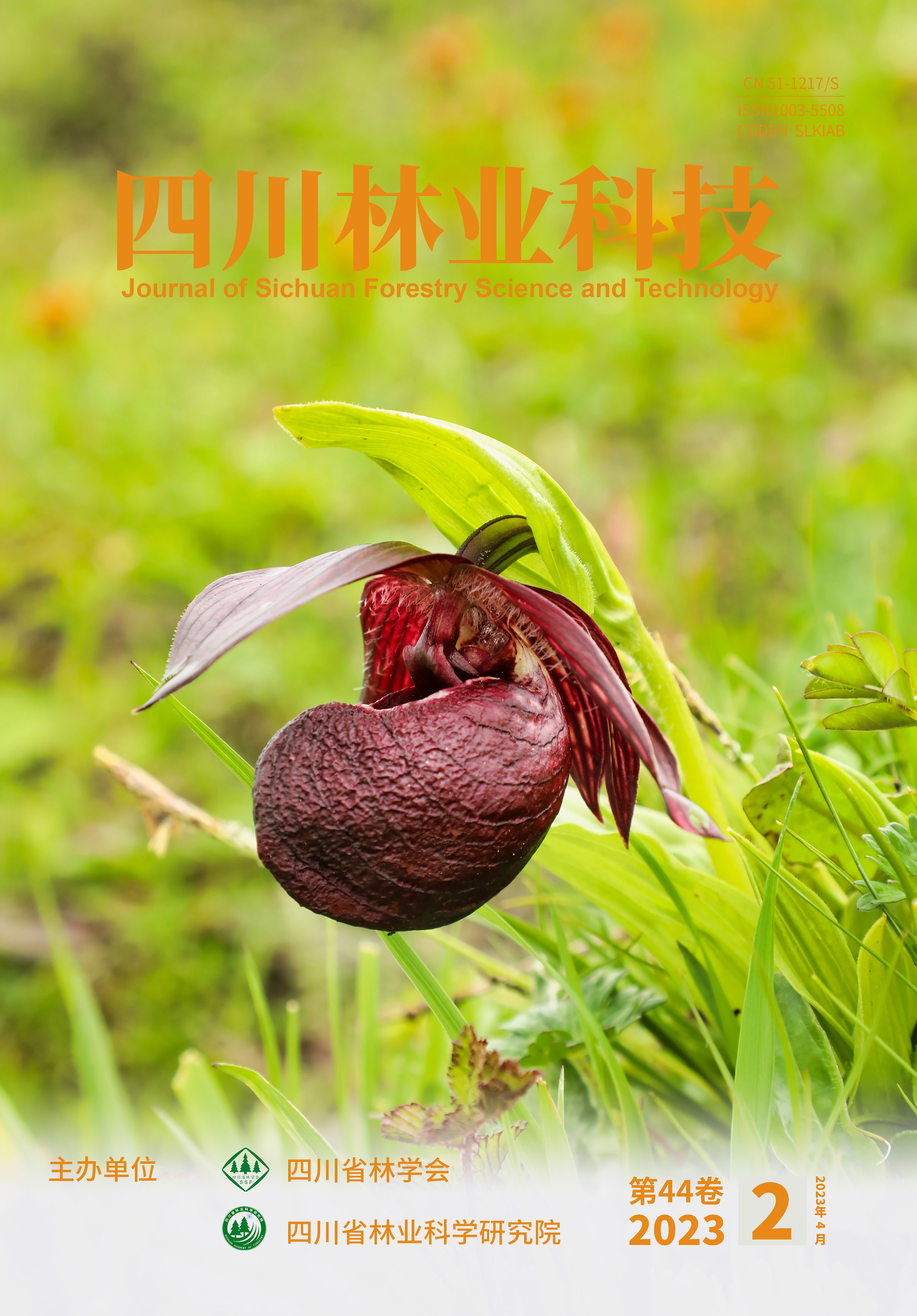
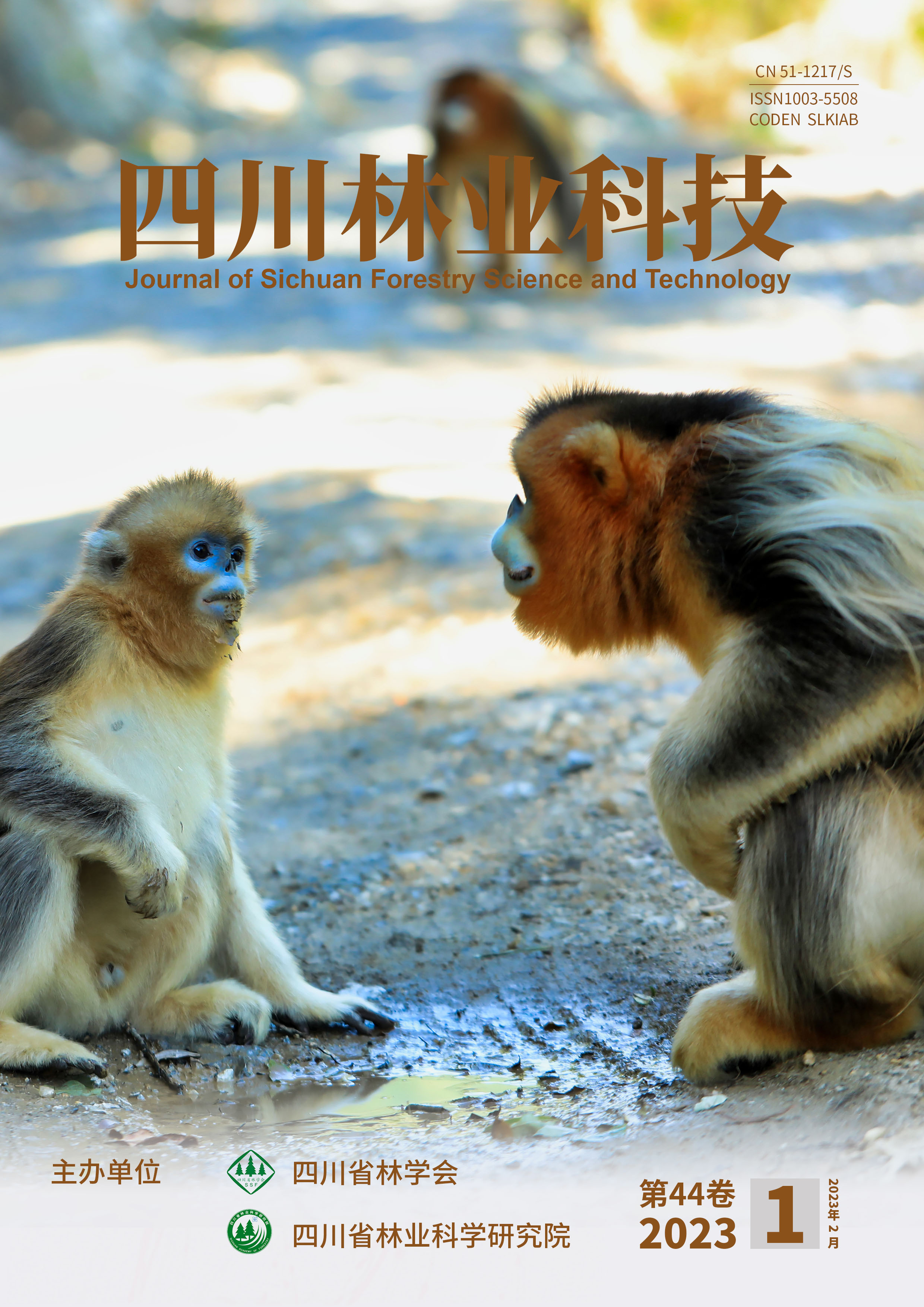


 DownLoad:
DownLoad: